Discovering Lionel’s finest layouts and other displays […]
Lionel Trains Best Layouts & Store Displays
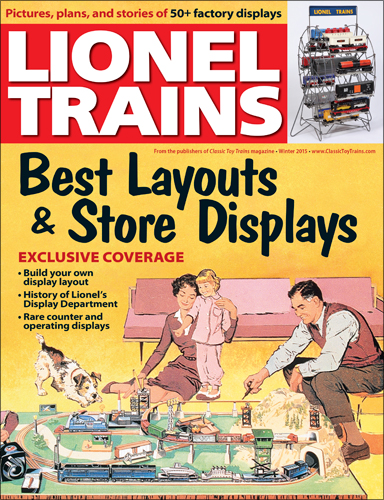
Action may be required on your Trains.com account in order to continue accessing content. Click here to learn more.

Discovering Lionel’s finest layouts and other displays […]
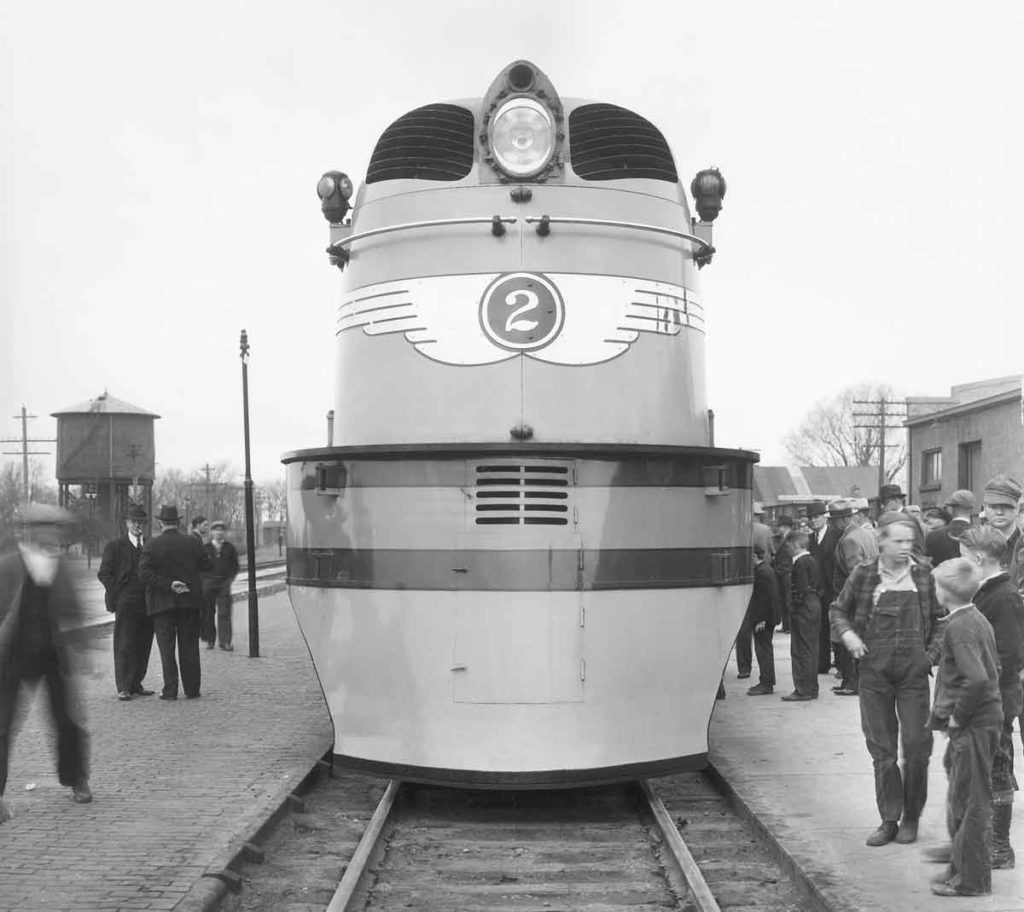
Townsfolk of New Lisbon, Wis., inspect Milwaukee Road Class A No. 2 after the 4-4-2 clipped off 14 miles at a steady 112.5 mph on a Hiawatha pre-inaugural test run on May 15, 1935. MILW photo […]
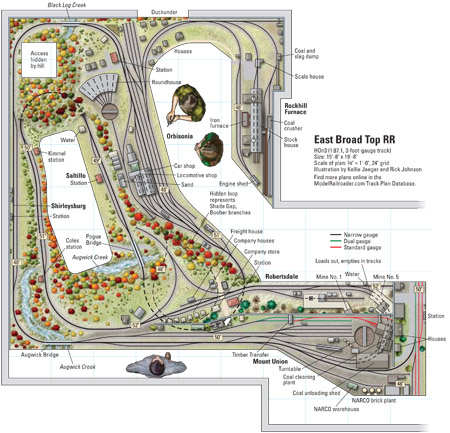
Name: East Broad Top RR Scale: HOn3 (1:87, 3-foot-gauge track) Size: 15′-8″ x 19′-8″ Prototype: East Broad Top RR Locale: south-central Pennsylvania Period: 1926 Style: walk-in Mainline run: 110 feet Minimum radius: 18″ Minimum turnout: no. 6 Maximum grade: 4 percent Benchwork: L-girder Height: 48″ to 52″ Roadbed: Homasote on plywood Track: Micro Engineering code […]
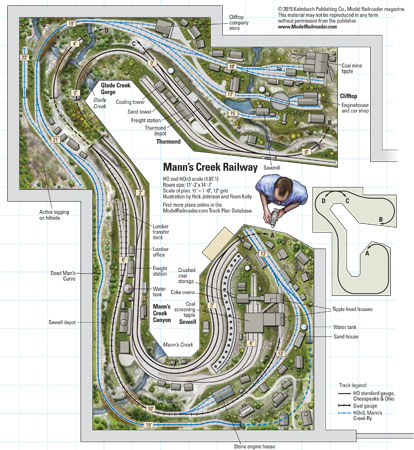
Name: The Mann’s Creek Ry. Scale: HO (1:87:1) and HOn3 (1:87:1, 3-foot-gauge) Size: 11′-3″ x 14′-7″ Prototype: The Mann’s Creek Ry., and Chesapeake & Ohio Ry. Locale: New River Gorge, W.Va. Era: Monday afternoon, Aug. 1, 1928 Style: walk-in Mainline run: Mann’s Creek, 60 feet, C&O feet Minimum radius: 18″ (both) Minimum turnout: no. 4 […]
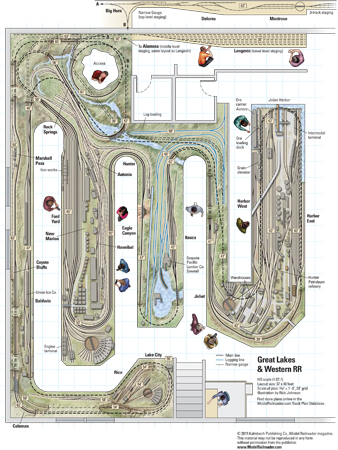
Name: Great Lakes & Western Scale: HO (1:87.1) Size: 37 x 48 feet Theme: freelanced Class 1 with standard gauge logging and narrow gauge branch lines Locale: Midwest to Western United States Era: 1940s to present day (depends on operating session) Style: walk-in Mainline run: approx. 800 feet Minimum radius: 30″ (main line), 26″ (narrow […]

West Side Lumber Co. two-truck Heisler No. 3 was one of about 600 geared locomotives produced by the Heisler Locomotive Works of Erie, Pa., between 1891 and 1941. Glenn W. Beier photo […]
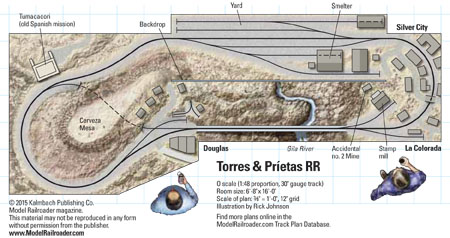
On30 Torres & Prietas RR from the April 2015 Model Railroader Name: Torres & Prietas RR Scale: On30 (1:48 proportion, 30″ narrow gauge, also called On21⁄2) Size: 6′-9″ x 16′-0″ Theme: Southwest desert mining Locale: Arizona Era: Mid 20th century Style: Island Mainline run: 30 feet Minimum radius: 20″ Minimum turnout: no. 5 Maximum grade: […]
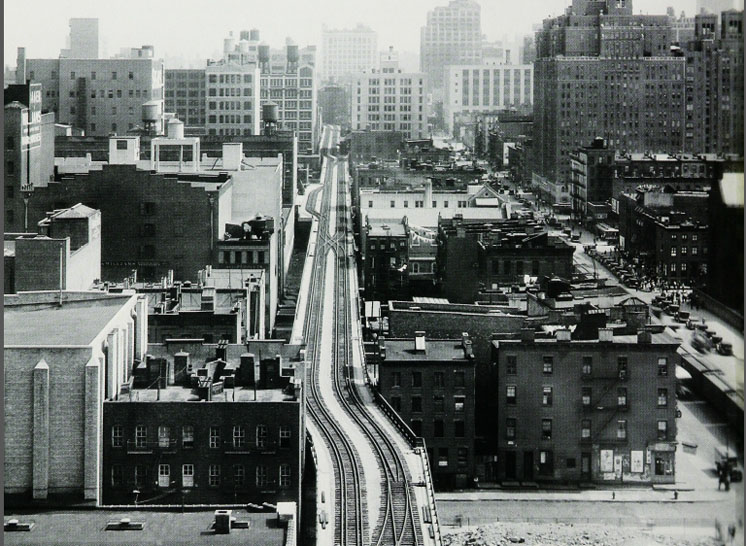
Long stretches of elevated main line gave the New York Central RR’s 30th Street Branch its High Line nickname. New York Central RR’s 30th Street Branch was known as the High Line because of its long stretch of elevated mainline track. Learn all about this interesting prototype railroad in the article below originally published in […]
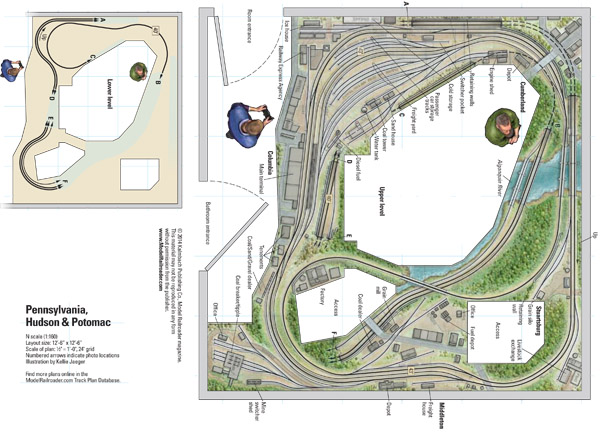
Name: Pennsylvania, Hudson & Potomac Layout designer: Charles Klein Scale: N (1:160) Size: 12′-6″ x 12′-6″ Theme: freelanced, transition-era, freight and passenger trains Locale: Mid-Atlantic states Era: 1930 to 1948 Style: around the walls Mainline run: 200 feet Minimum radius: 16″ (hidden track), 20″ (visible track) Minimum turnout: no. 4 Maximum grade: 1 percent Originally […]
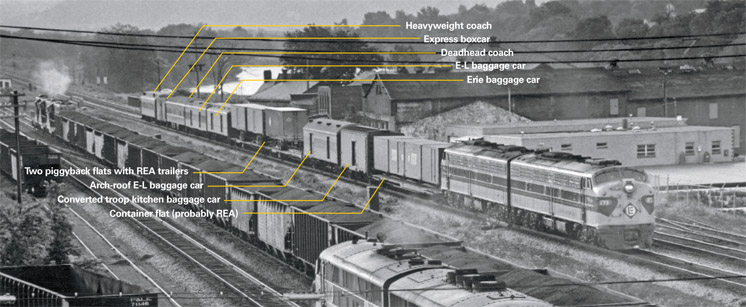
Head-end traffic helped cover some of the costs of America’s passenger trains for many years. Contracts with the United States Postal Service covered the transportation of mail, while the Railway Express Agency (REA) provided a nation- wide package delivery service. Small-to-medium-sized railroads forwarded most of the mail in Railway Post Office (RPO) cars and packages […]
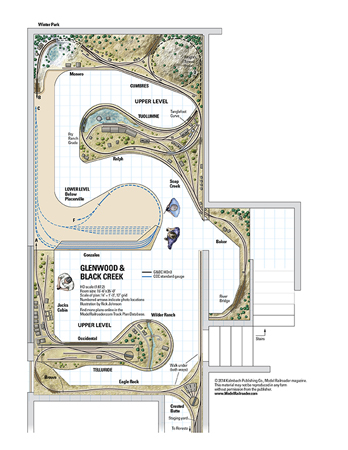
Name: Glenwood & Black Creek Scale: HOn3 (1:87.1) Size: 16′-6″ x 35′-0″ Locale: western United States Theme: western narrow gauge Period: 1930s – 1940s Turnout minimum: no. 6 Minimum curve radius: 24″ Maximum grade: 2 percent (main), or 3 percent (branches) Originally appeared in the May 2014 Model Railroader. Click on the link to download […]
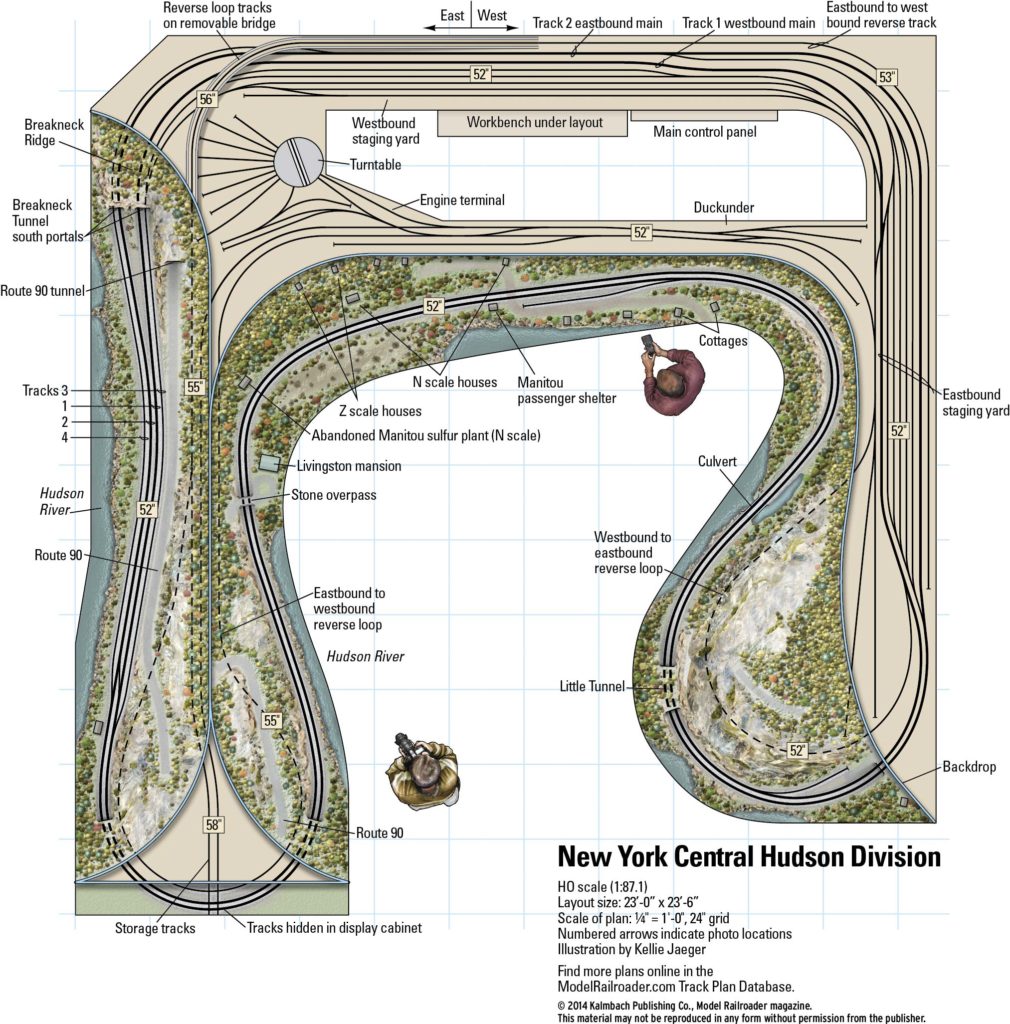
Name: New York Central Hudson Division Layout designer: Richard L. Stoving Scale: HO (1:87.1) Size: 23′-0″ x 23′-6″ Locale: New York State Hudson River Highlands Era: 1940s Style: walk in Minimum radius: 32″ Minimum turnout: no. 6 Maximum grade: 1.3 percent Originally appeared in the January 2014 Model Railroader. Click on the link to download […]